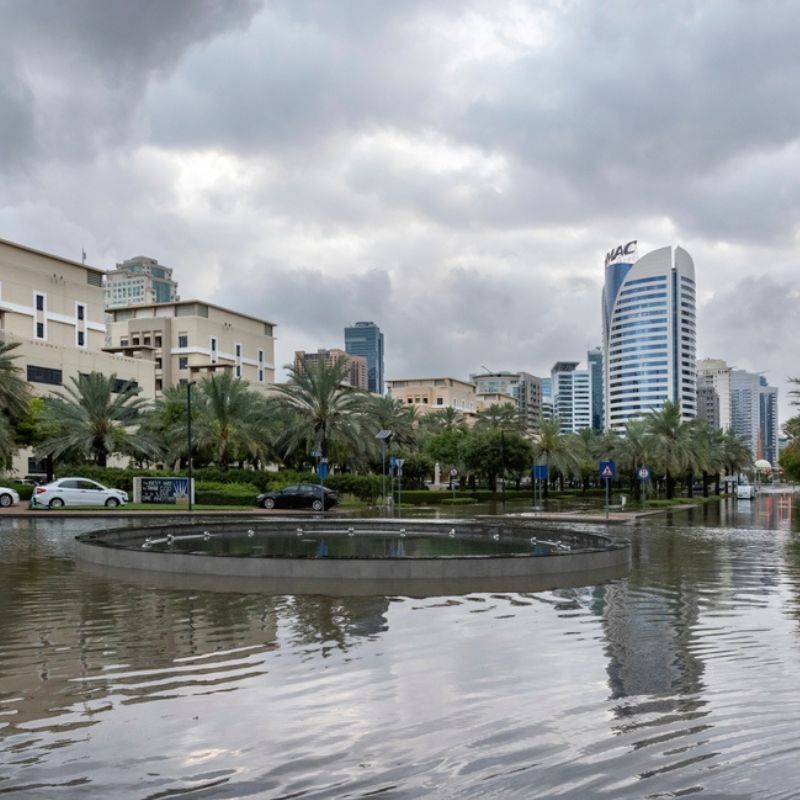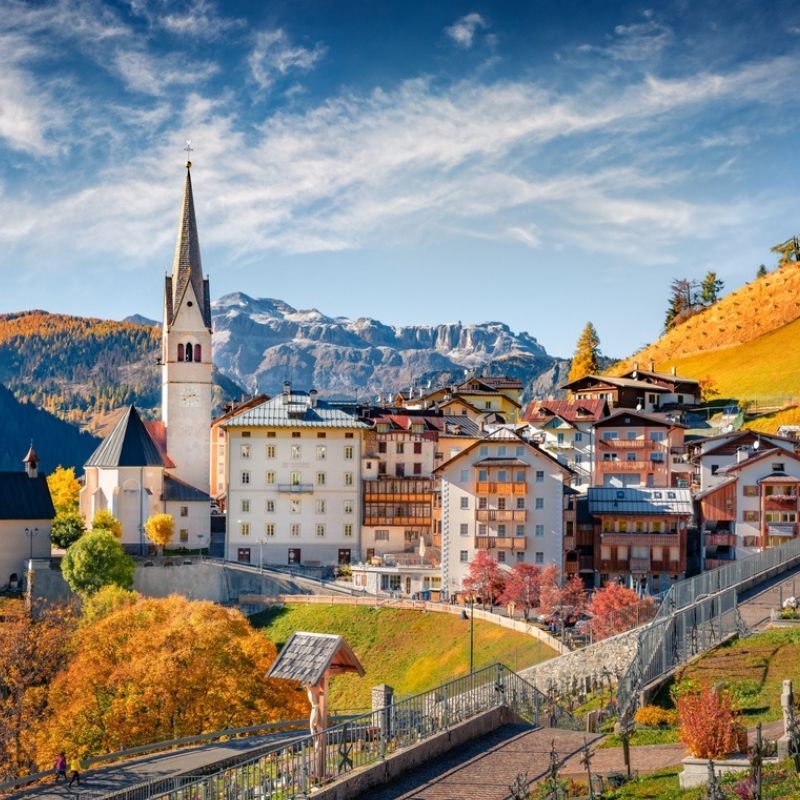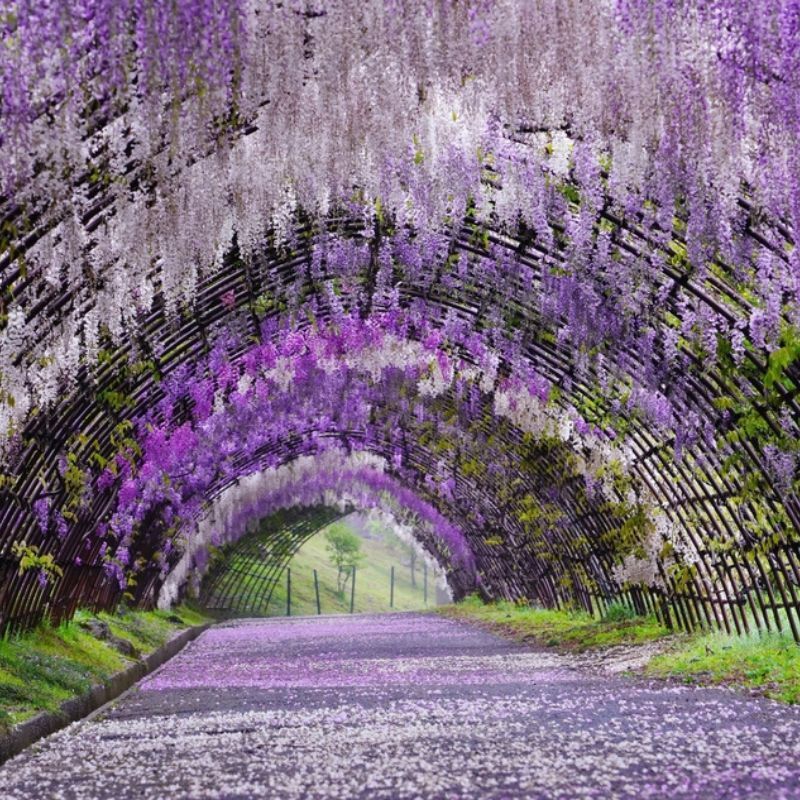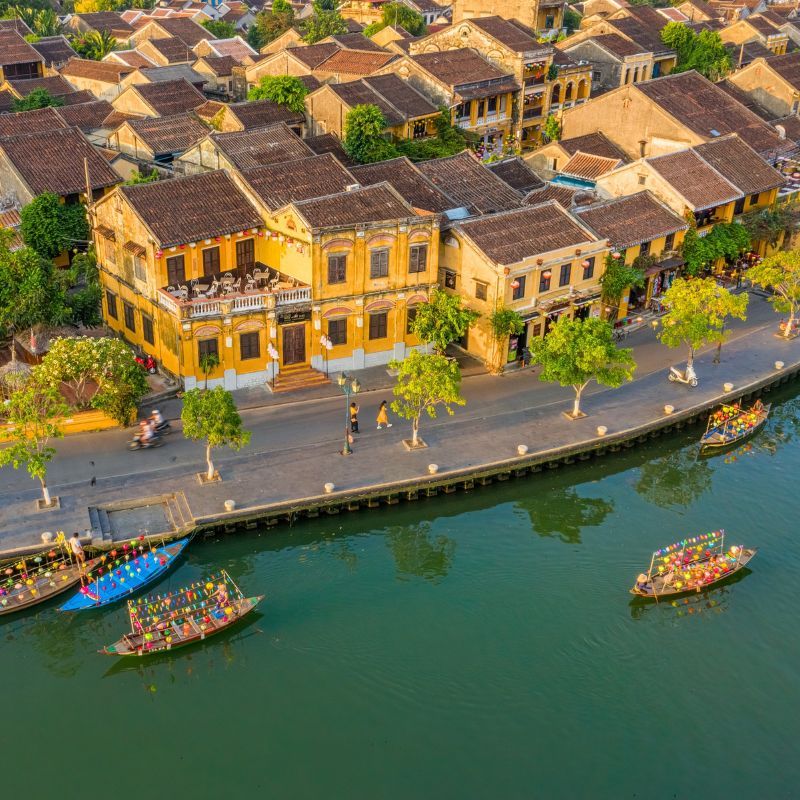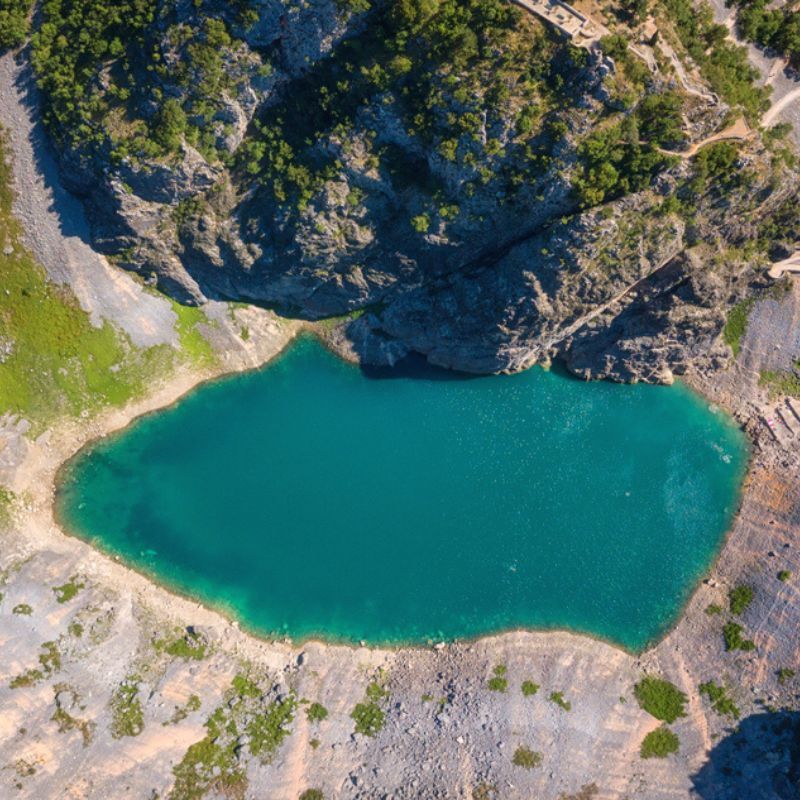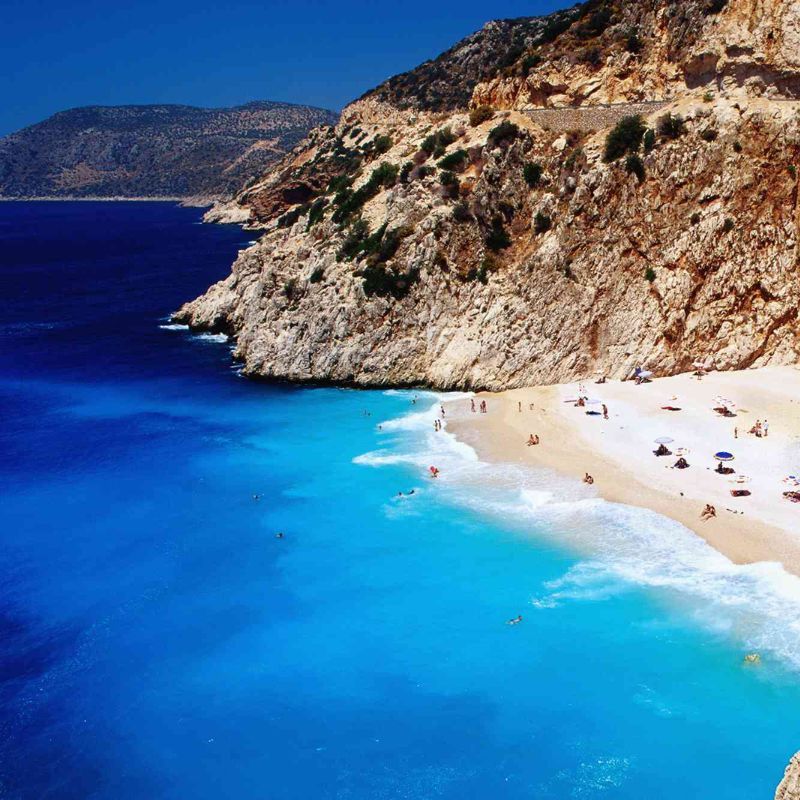
Take a break from the usual suspects in Rajasthan and visit the hamlet of Narlai in Pali district. It’s a treasure lost in the folds of time. By Harsh Patel
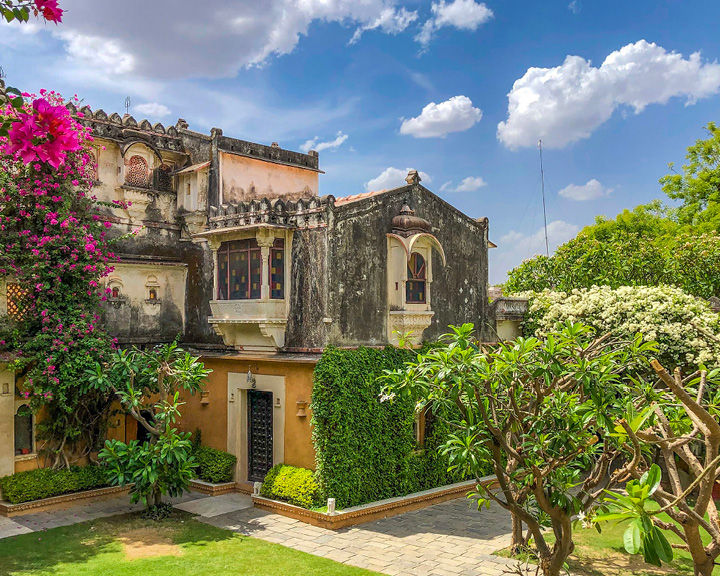
Priceless specimens of old architecture, surrounded by nature’s bounty and imbued with the instinct to preserve regional heritage—all of this spells out a responsible and awe inspiring holiday in India.
Having visited Rajasthan several times, I wasn’t expecting to come across an unexplored region in the state, but trust this royal state to surprise you when you least expect it. Two hours away from Udaipur and Jodhpur, I stumbled upon a tiny village near the Aravallis, called Narlai.
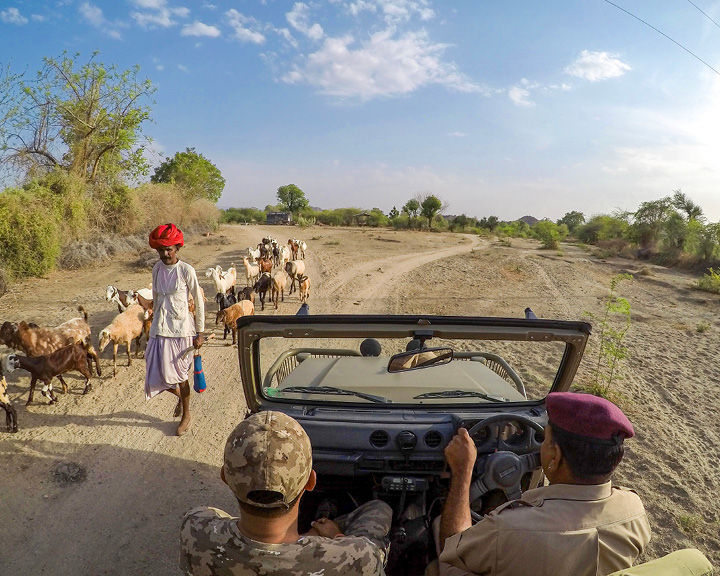
The drive to Narlai takes you through an enchanting forestscape and narrow roads, which are at times occupied by herds of cattle, who have to be slowly shephered out of the way. Quaint alleyways overrun by colourful bougainvillea and vibrant houses are the first features to catch my eye. I soon realise that this outlandish hamlet doesn’t offer boutique
cafes and colossal historic forts; instead, it offers forgotten stories, lost in the sandstorms of time.
Cruising through the village, asking for directions, I was greeted with the typical ‘khamma ghani’ (‘namaste’ in the Marwari language). Unlike its neighbours, Narlai is not accustomed to tourists, so when one does turn up, the local faces light up with an eagerness to help.
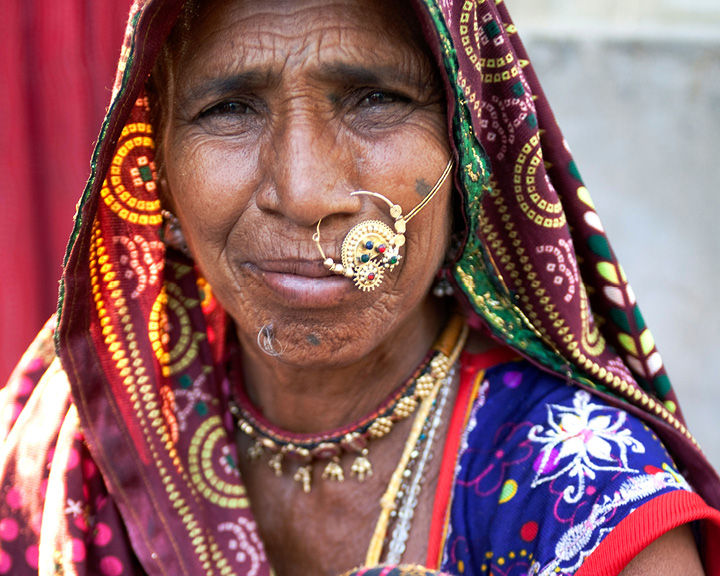
Though Narlai may not have the five-star grandeur that defines its more popular cousins in Rajasthan, this area is home to several caves, temples, and wildlife. In fact, there are over 350 temples from the 14th century in the region. Narlai also houses the 17th-century hunting manor of the royals of Jodhpur, the Rawla Narlai (rawla means royal palace). A quick scroll through the history of the place will tell you that Narlai was a gift to Maharaja Ajit Singh from his older brother, the then king of Jodhpur. After years of neglect in contemporary times, this village and its heritage manor have now been given a makeover, with Singh’s younger son, Swaroop, lending his creativity to the project of reviving the rustic architectural beauty of Narlai. Rawla Narlai is now a heritage hotel giving tourists a taste of old times.
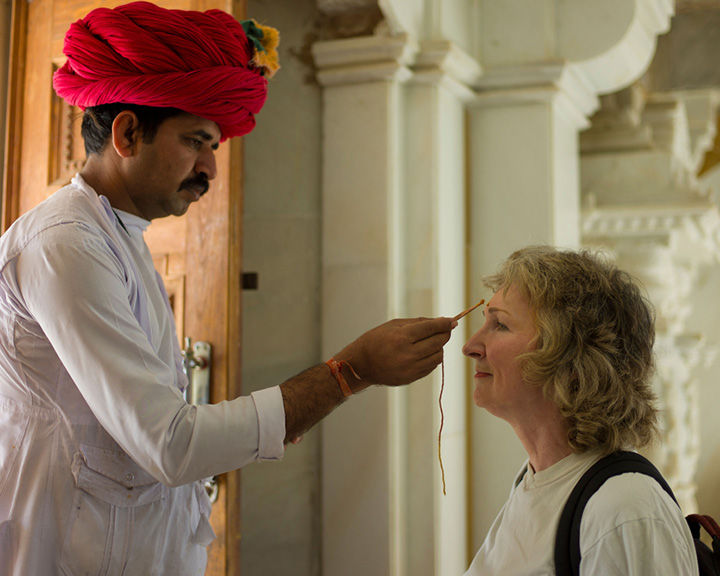
Narlai is situated in Rajasthan’s Pali district, which shares its boundary with eight regions—Barmar in the west, Jodhpur and Nagaur in the north, Udaipur and Rajmasand in the southeast, Sirohi and Jalore in southwest and south respectively, and Ajmer in the northeast. I learned from conversations during my evening walks in Narlai that the Pali region in the Marwar district was stamped out of Jodhpur. It continues to boast an affluent legacy and the present-day Pali is still recognised for its stunning forts, havelis, and Jain temples.
Elegant architecture and a sense of tranquillity greeted me at Rawla Narlai. Rustic brown walls, arches, pillars, and antique windows decked with Rajasthani linen, mirrorwork, and pops of colour—the heritage hotel makes you travel back in time.
With a soothing welcome drink in hand, I made my way to the Grand Heritage Room, my home for the weekend. As much as I wanted to turn in for an afternoon nap, the pristine swimming pool and the panoramic view of the hills beckoned. And so, I decided to check out a few experiences unique to Narlai.
HIGH TEA IN THE JUNGLE
Your stay in any hunting manor is incomplete without a trip to the jungle. In Narlai, you can experience the thrill of spotting a leopard just a few kilometres from the property,
I was told.
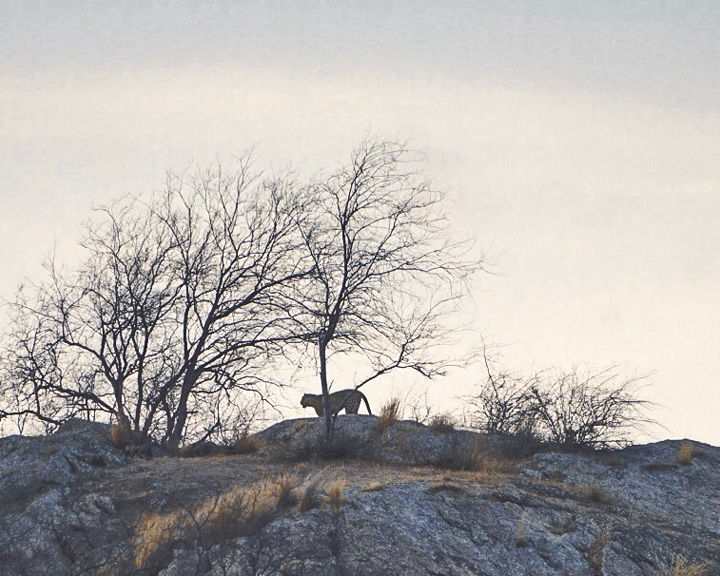
I hopped on a jeep and headed to the forest in search of the big cat. The claims weren’t exaggerated—I spotted two leopards strutting across the thicket. As we settled down for
high tea in the wilderness, another one turned up atop the nearby hill, framed perfectly by the glow of the setting sun.
MYSTICAL DINNER BY THE RAMPART
Post the surreal high tea, I headed back to Rawla Narlai to wrap up the day aptly—with dinner at a 16th-century stepwell. Lit by nearly half a thousand earthen lamps, the stepwell looked ethereal under the starry sky. My ride for the occasion was an ox cart, which covered the distance of a few kilometers from the hunting lodge slowly. At the stepwell, folk singers crooned Rajasthani melodies as I was served authentic dishes from the royal
era of the Rajputs.
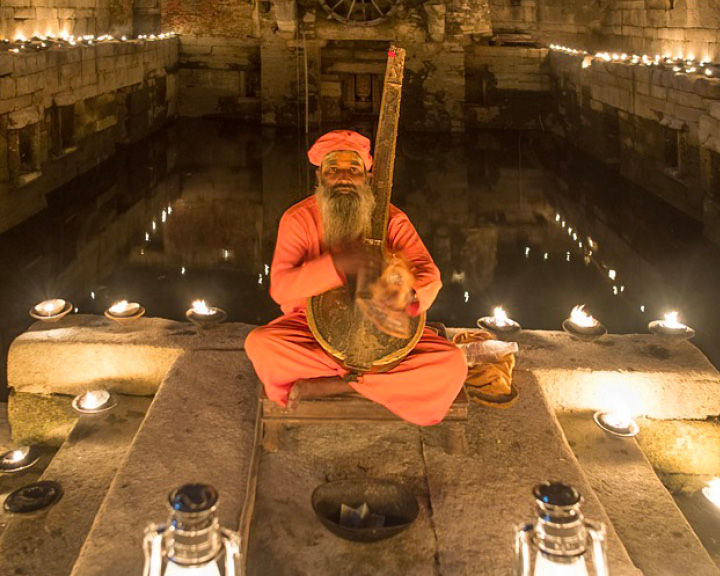
Packed with zest, all the dishes impressed. Gatte ki sabzi, a dish synonymous with Rajasthani cuisine, is made in Narlai with steamed and lightly fried gram flour, tangy tomato gravy, spices, and buttermilk. Laal maas, one of the most famous meat dishes of the region, is red meat (traditionally deer or wild boar) slow-cooked in a fiery sauce of
red chillies, onion, garlic paste, and curd. These days, this dish is generally made of
marinated mutton. My personal favourite was ker sangri, prepared from a type of wild berry known as ker, and sangri beans. Of course, you can never have a Rajasthani thali without a serving of dal baati churma, the traditional dish of tempered lentil and baked dough dumplings of coarsely ground wheat cooked in ghee, sugar, and jaggery. When relished under the stars, by a rampart, dinner becomes nothing short of a heavenly experience. The meal came to an end on a sweet note, with balushahi (a dessert similar to a glazed doughnut) and ghevar (a disc-shaped sweet cake made with refined flour and soaked in sugar syrup).
SUNRISE WALK UP THE ELEPHANT HILL
As wonderful as eating dinner in a baoli (stepwell) is, the best place to catch a bird’s-eye view of Narlai is the Elephant Hill, one of the highest points in the Narlai. And so, even though I had slipped into a food coma from the lavish dinner, my morning the next day began as early as 5 am—to catch the sunrise from Elephant Hill. A guide accompanied me through the village to the foot of the rock. From there, I climbed a total of 756 steps to the top. The higher I climbed, the more spectacular the view got. At the top, a breathtaking view of the countryside greeted me. I sat there for a while, sipping piping hot tea, gazing at the extraordinary view from the foot of the elephant statue, from which the hill gets its name. Residents of Narlai consider this elephant rock their mascot, looking out for them since time immemorial.
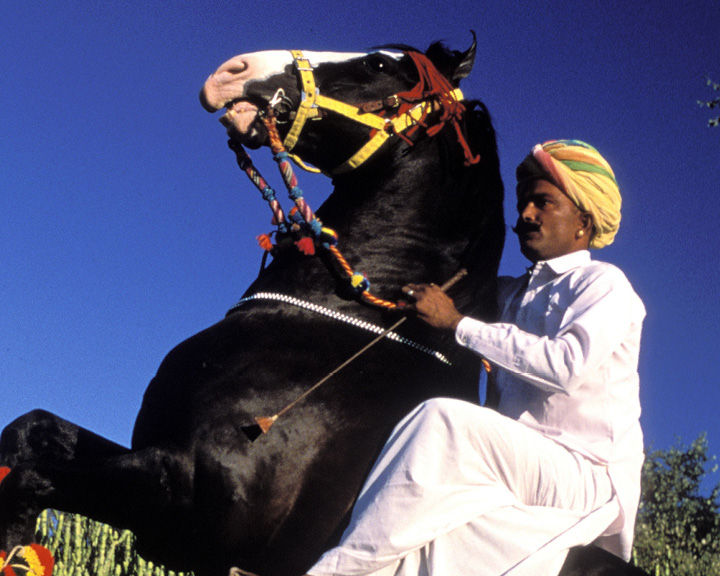
IN AND AROUND NARLAI
The final day of my weekend in Narlai began with a lavish outdoor breakfast by a lake. It was the peak of monsoon, and the lake was filled to the brim, reflecting the picturesque
hills around it. After the hearty breakfast, I set out to explore the village.
My first stop was the Jawai Dam, a spectacular spot to watch migratory birds and leopards. It is located on rocky hillocks about 150 kilometres from Udaipur, over the River Jawai near
the Varawal camp, and forms a basin that draws many drifting birds, like spoonbills, flamingos, cormorants, cranes, and herons.
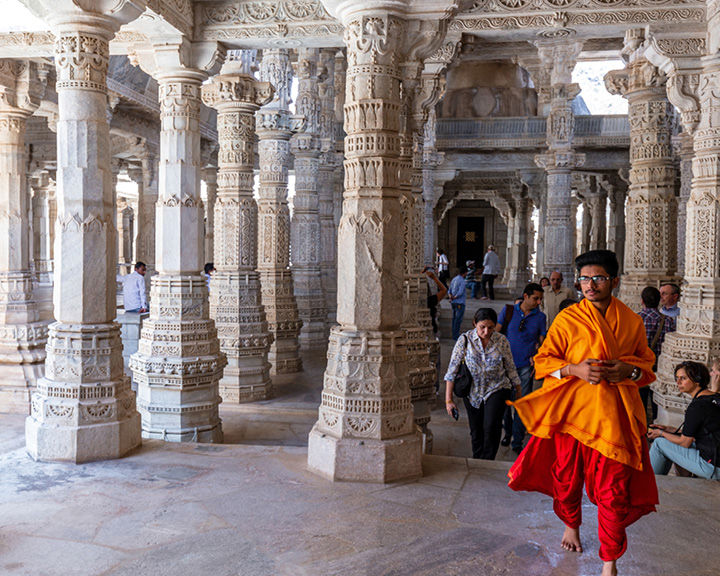
From there, I made way to the Ranakpur Temple, the famous Jain temple carved entirely out of marble. Situated between Udaipur and Jodhpur in Desuri tehsil, the temple’s history is documented in Sanskrit on a copper plate that is inscribed on the shrine. The inscriptions
say that the temple was built in 1437 CE by Dharanka, a devoted Jain. The construction continued till 1458. Close by is the Sun Temple, dedicated to the Sun God and lined by intricate sculptures made of white limestone.
Rajasthan has always had a unique appeal—with its vibrant heritage, intriguing history, and natural beauty. Narlai mirrors these facets of Rajasthan, but at the same time, it has beautifully carved an identity of its own, one that sets it apart from the likes of Udaipur, Jaipur, and Jaisalmer.
The Details
Getting There
The nearest airport to Narlai is the Maharana Pratap Airport in Udaipur (120 km), which is
well-connected to major Indian cities. Buses and trains are also available from Udaipur
(120 km) and Jodhpur (128 km).
Stay
Rawla Narlai has 25 rooms/ suites (starts from INR 7,000/$98).
When
Early monsoon (July) and winter (December-February) are the best months to visit this hamlet.
Related: How Blogging Happened By Chance For Rajasthan Boy Shubham Mansingka


